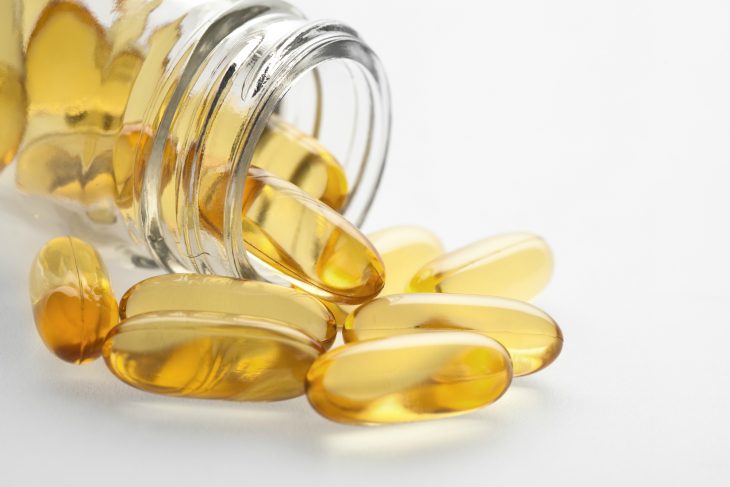Metabolic engineers have moved a step closer to sourcing fish oils from fields rather than from the oceans.
The work, published online today by Nature in Scientific Reports, comes from a collaboration between Rothamsted Research and the University of North Texas. The researchers found that genetically modified Camelina sativa, one of Europe’s oldest oilseed crops, is able to produce omega-3 long-chain polyunsaturated fatty acids (LC-PUFAs) EPA and DHA. This was made possible by engineering the oilseed crop with genes from marine microbes.
EPA and DHA are normally produced in abundance only by marine microbes. Growing demand for these fatty acids, especially from the aquaculture sector, has so pressurised supplies that farmed fish now contain less of these nutrients than 10 years ago. EPA and DHA are important in countering the relentless global rise in cardiovascular disease and metabolic disorders. In camelina, they also come without the contamination associated with some ocean-sourced fish oils, such as that from heavy metals, dioxins and polychlorinated biphenyls (PCBs).
The researchers found that the transgenic plants can also actually grow in the field. “Demonstrating that our GM camelina works in the field under real world conditions confirms the promise of our approach,” says Johnathan Napier, Leader of the Camelina Programme at Rothamsted, which led the research. “Having a viable land-based source of omega-3 fish oils can really address the ever-increasing demand for these healthy fatty acids. Furthermore, our new and unexpected insights into fatty acid accumulation across the seed points towards further opportunities to optimise this,” says Napier. “I am convinced that transgenic plants such as ours can help reduce the pressure on oceanic sources of fish oils, and this study brings that one step closer to reality.”
Funding for the work came from the Biotechnology & Biological Sciences Research Council in the UK; the imaging studies were supported by the US Department of Energy and the Hoblitzelle Foundation.



